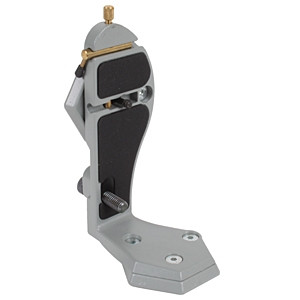THIS IS a thought (probably qualifies as a rant) that has been simmering for the past several months. Everybody who knows anything about me knows I am an unapologetic "gear" guy. There are a lot of us out there. But we are not all the same. We all have reasons. In my opinion, some (mine of course 😏) are valid. Some are not.
I OWN (currently) 2 different camera systems (3 if you count my smartphone). Over the years, I have owned several others. On numerous occasions here I have attempted to articulate my reasons for each system and what works for me and what doesn't. I don't think I have ever said - or even (intentionally) implied - that my choices of systems made "better" images than others. We will each have our own needs and preferences. That's o.k. It is what make the world turn for photographic equipment sellers and manufacturers.
I don't care what you shot the image with
FOR EACH system/camera I own, I have often sought, and joined (these days mostly FB) "Groups" dedicated to those cameras/systems. I do it expecting to glean some wisdom about how they work and what little nuances might be hiding in the software or hardware. I do it to see what accessories are specifically matched up to them. I do it to see what kind of new "capabilities" (focus "stacking," computational photography capabilities, etc.).
WHAT I don't expect from them is photos posted to imply (or even demonstrate) that this camera takes "the best" photographs! Or even just "takes good photographs." Yet I would judge that at least 50% of the posts on many of these group sites are such photos. Sometimes spectacular and sometimes . . . well . . . not so much. But that really doesn't matter. I see spectacular photos on all of them. All of the time. Just as I see spectacular photos on many other sites and in many other places. Every time I go to one of these pages and see a photo posted with a shot with my [insert any brand] I roll my eyes. Why? Because I don't care what you shot the image with! I mean, really, if it is a great image, it is a great image. If its not? Then its not. I have made my share of not so great images - sometimes with some pretty high end equipment.
. . . photos posted to imply (or even demonstrate) that this camera takes "the best" photographs!
VIRTUALLY EVERY knowledgeable photographer (if s/he is being honest) knows that it is not the camera that makes or breaks an image. It is true that technical components like "noise," image size, etc., are affected by the camera (or perhaps more accurately, the sensor). It is also true that a models mechanical capabilities (i.e., autofocus and things like subject recognition are definite improvements in technology that assist the skilled shooter. If the posted image is made to show the use of these things, or even how well the image stands up to pixel peeping, that is one thing. But most of the time they are posted to show how good they are and that they were shot with the poster's concept of "the best" camera.
I SUPPOSE the other thing about an on-line rant (in any form, including a blog), is that by posting it, we are really just "tilting at windmills." People won't stop posting photos on camera-specific sites with the implication that it is a better photo because it was shot with that camera model. But they should. There are plenty of sites for that. There, I said it. I got it off my chest. And mostly wasted a few hundred bits of space and time I can never recover. But seriously folks. It is not the camera!












